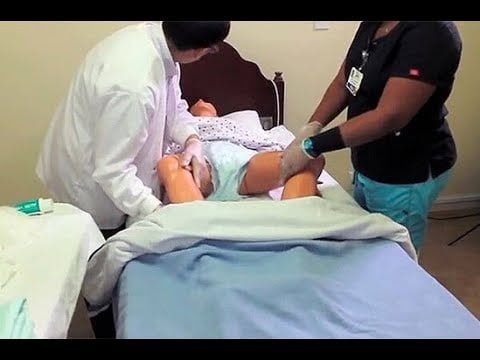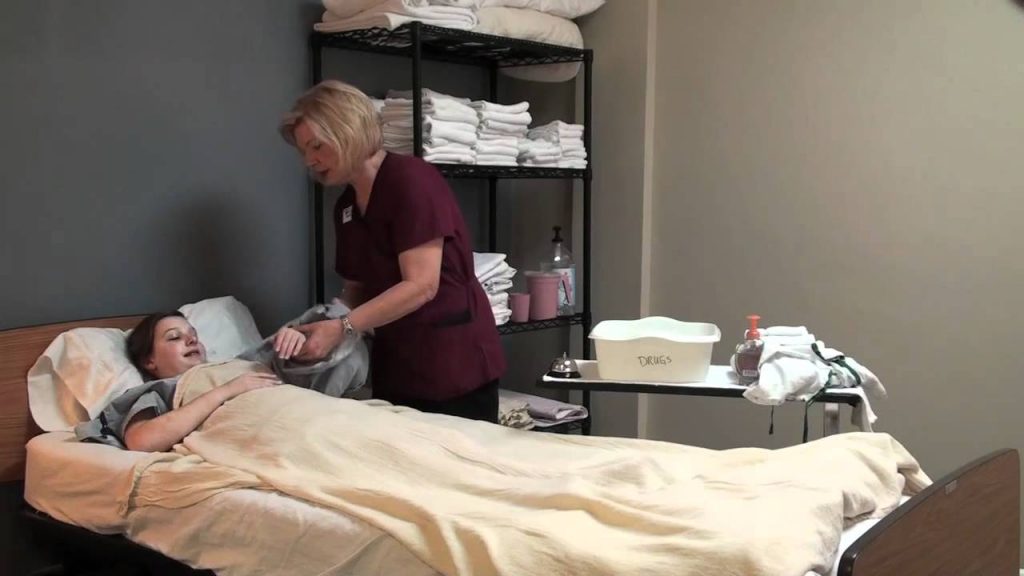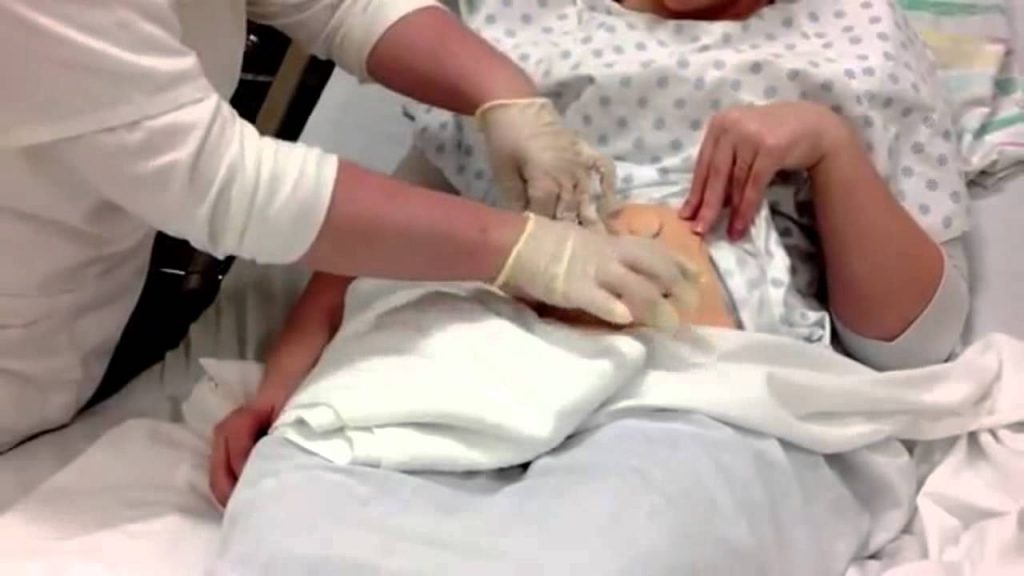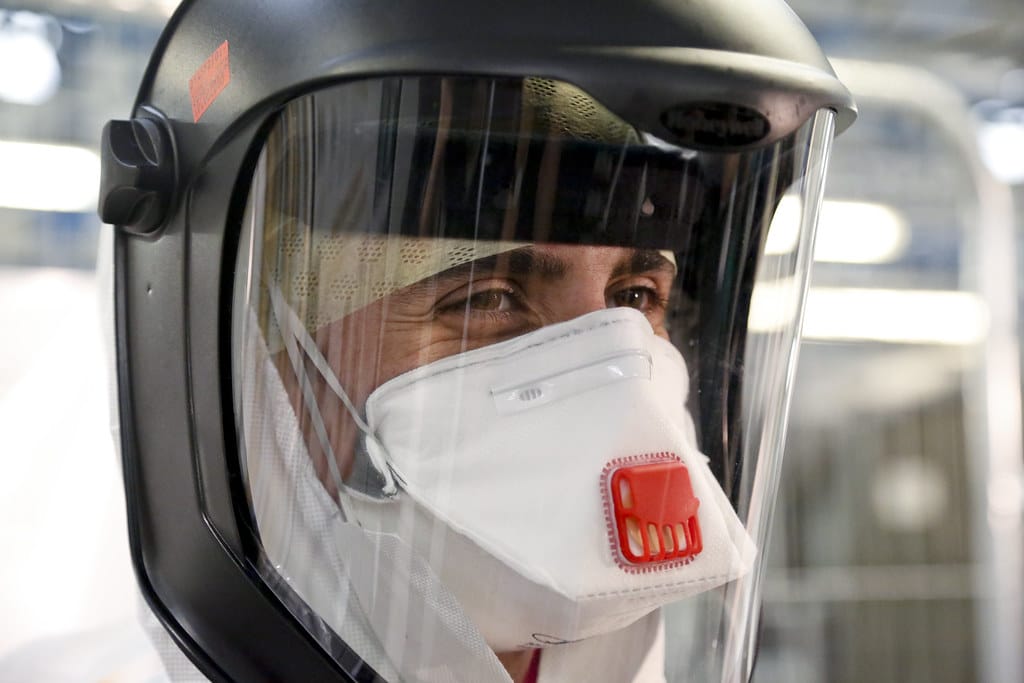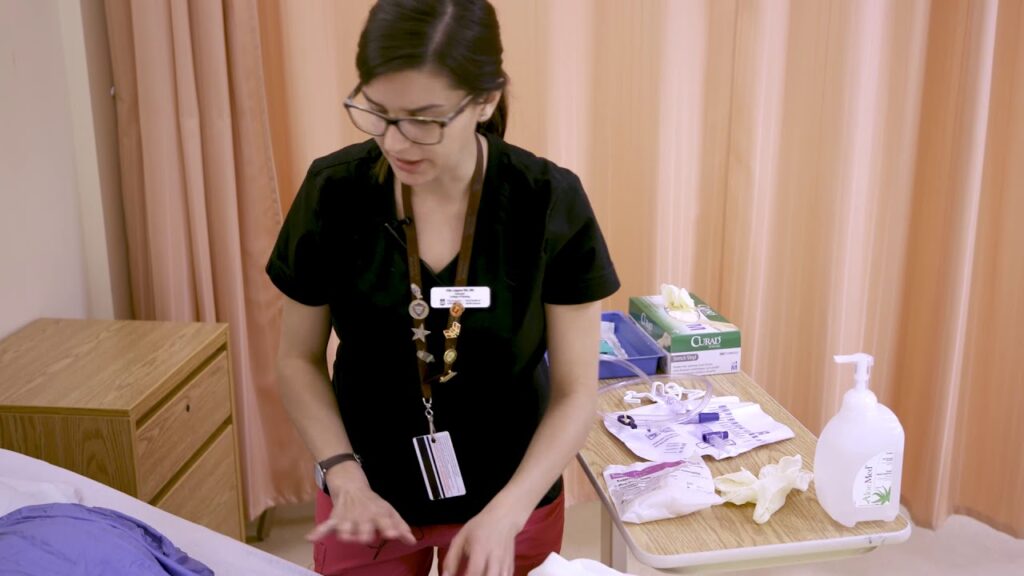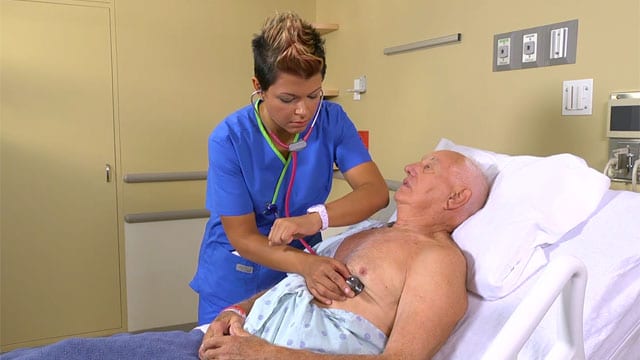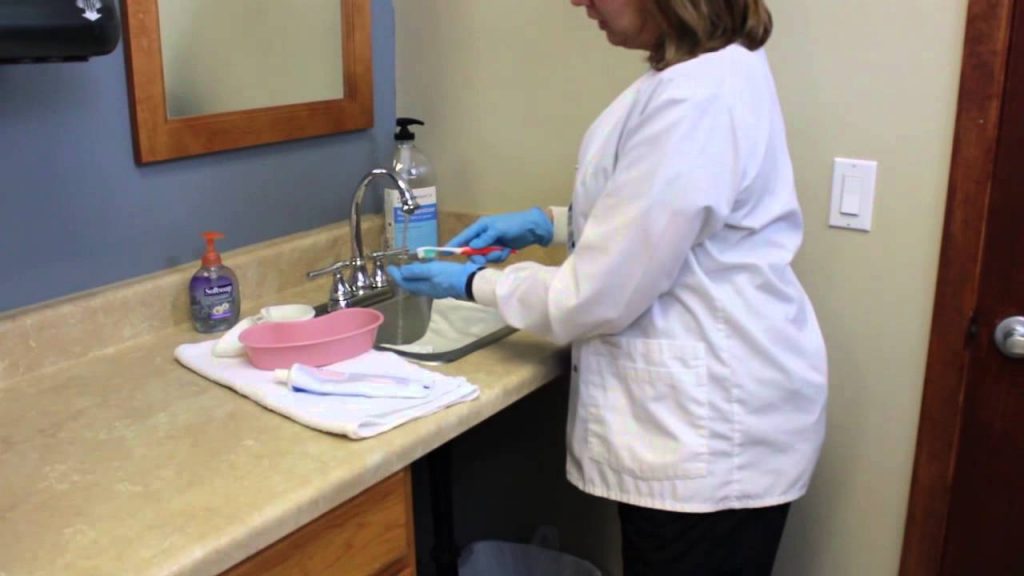Written by Hollie Finders, RN
Hollie Finders is a registered nurse with years of experience working in the health care field. She has degrees in both biochemistry and nursing. After working with patients of all ages, Hollie now specializes in pediatric intensive care nursing. Hollie’s LinkedIn
Procedure
Equipment needed: gloves, washbasin, soap, washcloths, bath towel, waterproof pad, and bag for soiled laundry
- Perform hand hygiene and put on gloves.
- Explain the procedure to the patient and ask for his assistance in following directions. Provide privacy.
- Fill a basin with warm water. Ensure the water is a comfortable temperature.
- Raise the bed to a comfortable working height.
- Gently clean around the perineal area, including the inner thighs and the scrotum.
- Rinse the entire area with a clean washcloth. Pat dry with a bath towel.
- If the resident is uncircumcised, retract the foreskin to expose the tip of the penis.
- Using a circular motion, begin washing at the tip and work down and around the shaft of the penis until you reach the base. Use a clean section of the washcloth for each stroke.
- Rinse and dry the penis in the same pattern.
- If present, return the foreskin to its original position.
- Assist the resident onto his side to expose the buttocks.
- Wash the buttocks and the anal area. Rinse and pat dry.
- If needed, change the linens and/or place a clean waterproof pad underneath the patient.
- Assist the resident into a comfortable position and lower the bed.
- Place all used washcloths, towels, and linens into a bag for soiled laundry.
- Dispose of the water and clean the washbasin.
- Remove gloves and perform hand hygiene.
- Document the procedure in the patient’s chart and report any changes in the patient’s condition to the nurse.
Important Information
Perineal care should be performed during a bath, after using the bedpan, and/or after incontinence. Special care should be used when performing perineal care on an uncircumcised male. Failure to retract and wash the area under the foreskin can result in infection. Failure to return the foreskin to its normal position can result in paraphimosis. This condition causes discomfort, swelling, and possible necrosis of the tip of the penis [1].
It is important to be respectful and professional when providing this care. Many patients find this procedure awkward and uncomfortable. If a patient is able to perform this care independently, then allow him to do so and provide him with privacy.
References

